Regenerative Urban Arcology
An attempt to reconnect people in the city with nature and the process of growing our own food while adopting alternative sustainable construction methods through a modular mycelium approach.
An attempt to reconnect people in the city with nature and the process of growing our own food while adopting alternative sustainable construction methods through a modular mycelium approach.



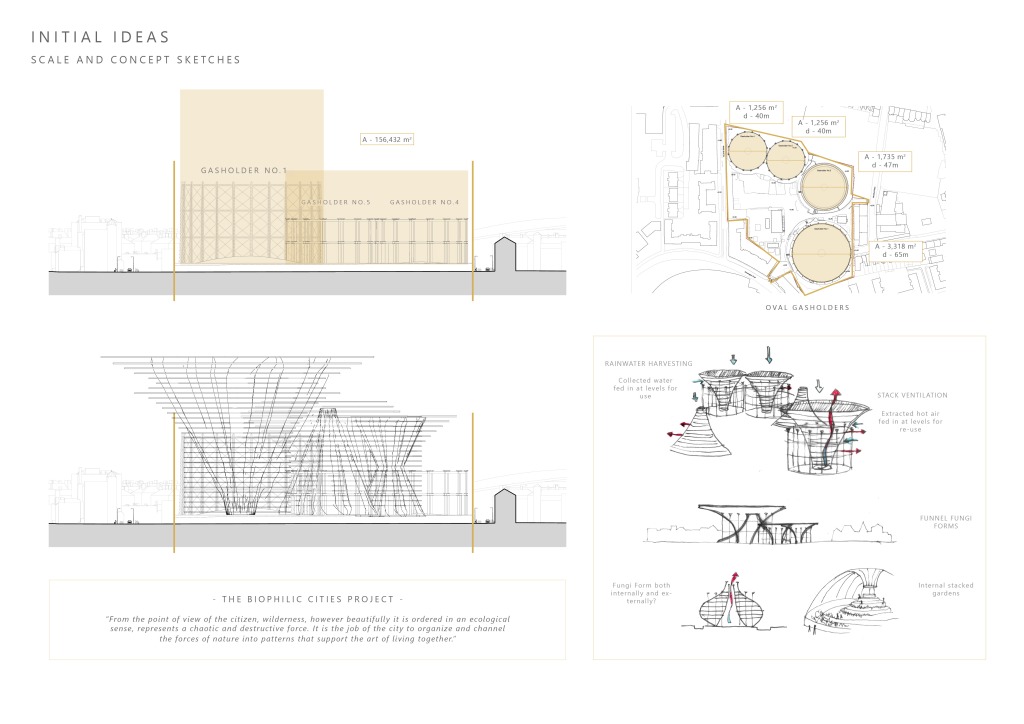
















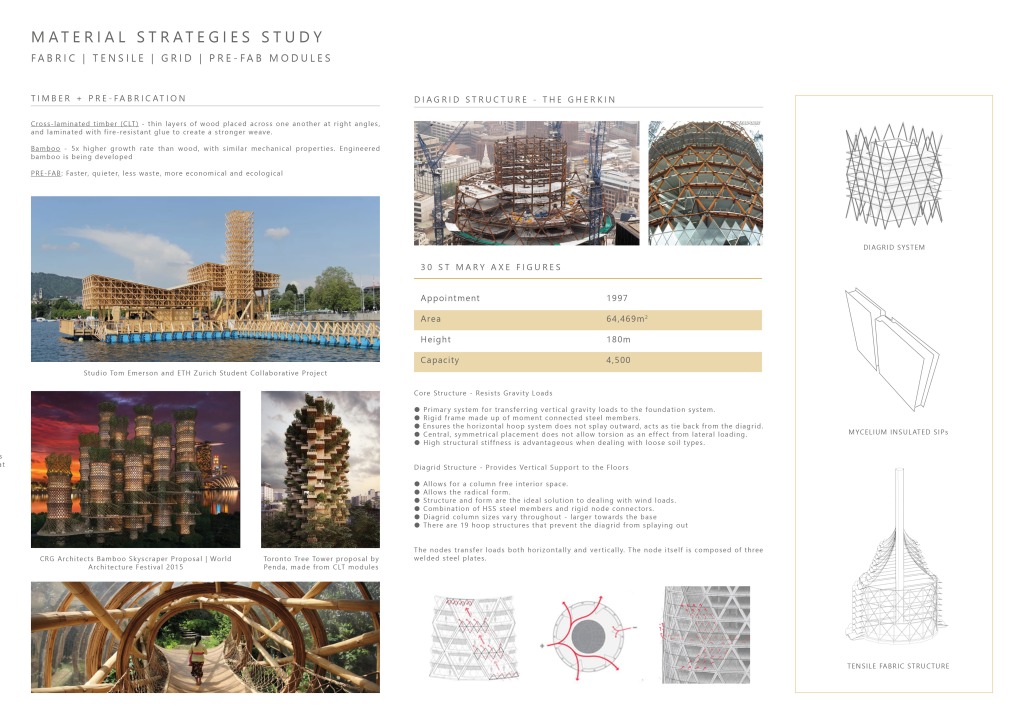

















A man-made cocoon woven from biodegradable rope material inspired by
the weaving of silkworms. It can be constructed in any softwood tree that
is strong enough and that has a convenient distribution of branches. The
tree is scanned and converted into a 3D model where a custom cocoon design
is created. The cocoon is both lightweight and strong as it is a tensile
structure (secondary structure) wrapping around a tree (primary structure).
It aims to bring people from the city closer to nature.

Trees & Humans
The following images will introduce my artefact into wider context. There are two possible scenarios, which could benefit from my artefact, one of which will be further developed in the upcoming term:
1) forest bathing as a way to for the human to reconnect with nature
2) rewilding as a way to both regenerate the land and human spirit
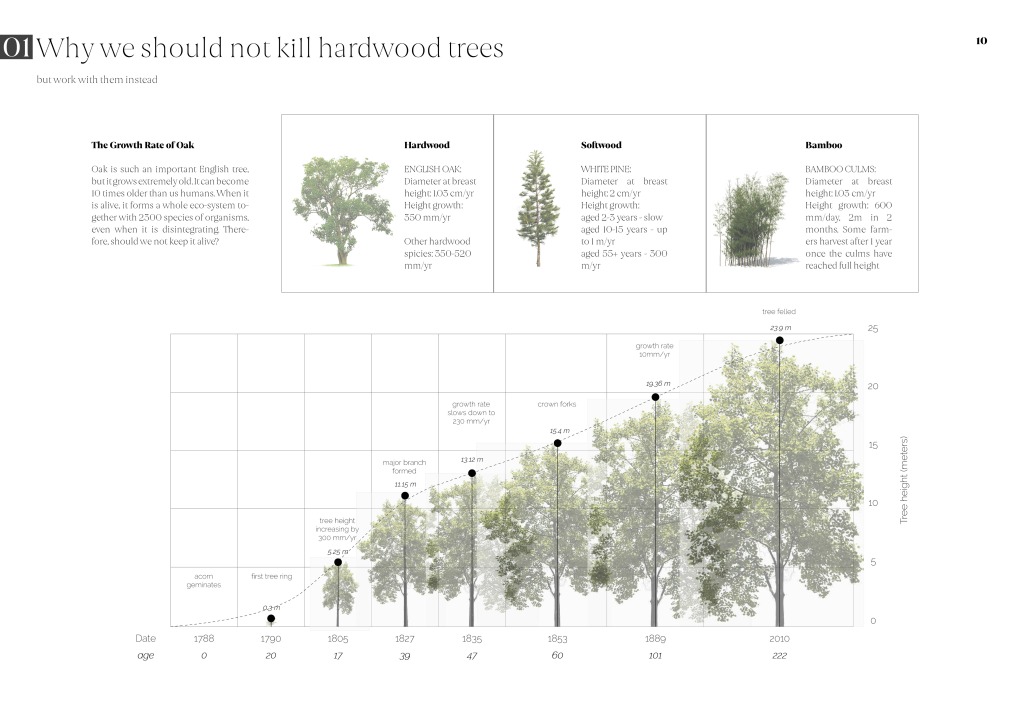
Photogrammetry
OBJECTIVE
The aim of photogrammetry was to create the most realistic three-dimensional representation of a tree, which could then be incorporated into computational experiments making the design process much more efficient.
LIMITATIONS
Photogrammetry generated about 60-70% of tree volume leaving out the detailed branches at the outer ends of the tree. 3D scanning would be a possible solution, however, unavailable at the moment.



Combining the Virtual and Real
REAL
3D-model of a real tree
VIRTUAL
wrapping/weaving around the 3D-model of a real tree virtually



Connecting points in space
OBJECTIVE
This section of my portfolio focuses on exploring the ways in which points can be connected with strings – in both two and three dimensions. The gained knowledge from this section informed my virtual weaving experiments (previous section)
LIMITATIONS:
When connecting regular geometries, it is much easier to find the differences between different connection techniques. The result looks also much more organised and neat. However, what I am aiming to do is apply these connection techniques to irregular geometries of trees, which is a big challenge.

Wrapping & weaving around real trees
This part tracks my learning of the weaving behaviour of silkworms. I have done my own weaving experiments, both physical and virtual to try and understand how weaved tensile structures work. Going forward, I would like to incorporate some of the observed physical principles into my design (into the Grasshopper script).



Palm trees are angiosperms, which means flowering plants. They are monocots which means their seeds produce a single, leaf-like cotyledon when they sprout. This makes palms closely related to grasses and bamboo.


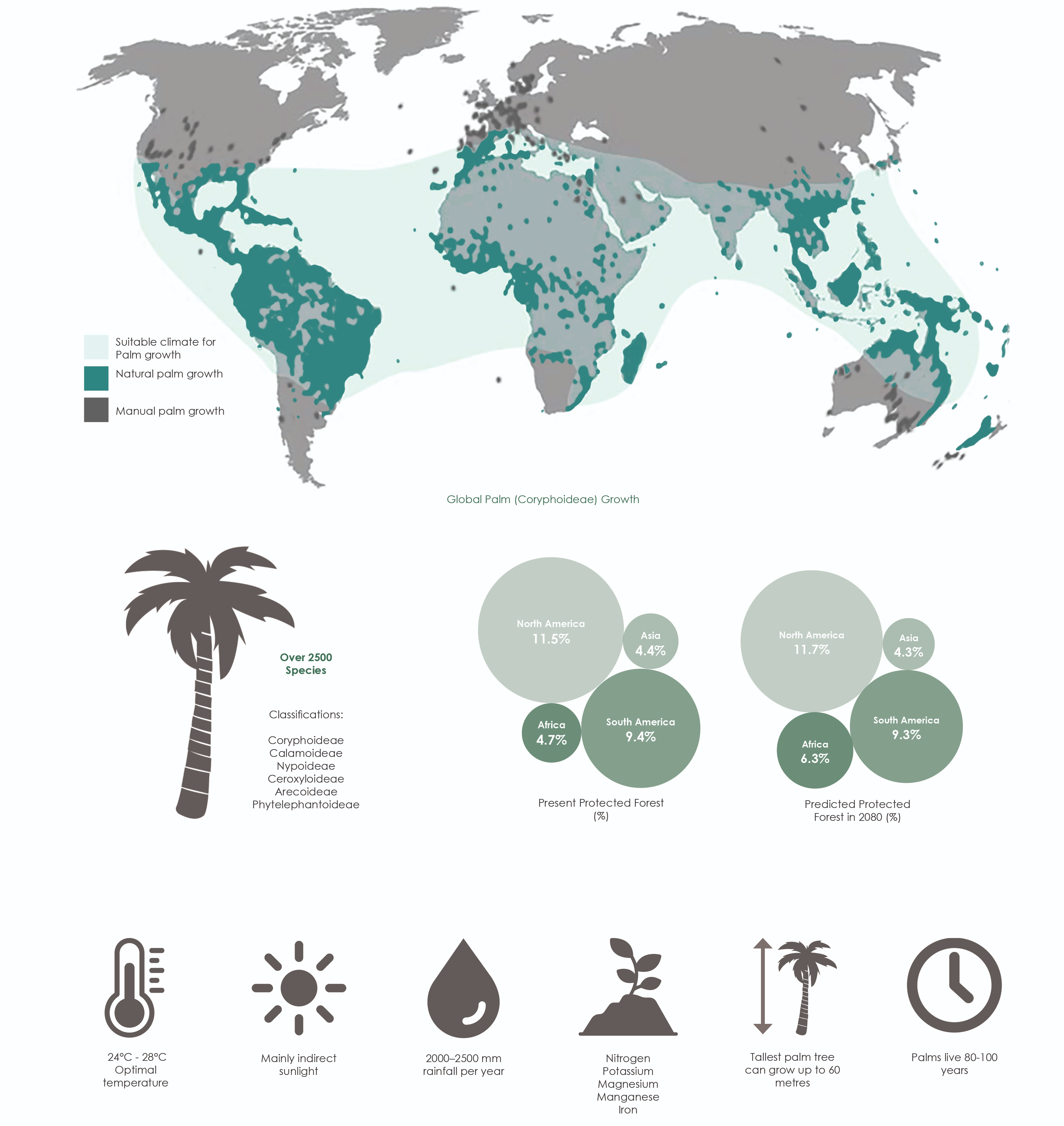
This mature palm shows how the pattern originally seen in the young plant, forms a distinct mathematic pattern known as ‘Phyllotaxis’. This is a pattern with reoccurs throughout nature and is based on the Fibonacci sequence. In order to try to understand the use and formation of the palm fibre, the overall formation of the palm stem needed to be mathematically explored.
However, redrawing the cross-section of the base of the palm plants allows a better understanding of the arrangement of the palm plant.

This exercise allows models to be made to recreate the patterns found in palm plants. By engineering plywood components, the basic shape of the palm geometry can be made into a physical model.

This was pushed further by curving the plywood components to make extruded palm structure models


The arrayed components can then be altered so that the base of the models form regular polygon shapes. Doing this allows the potential for the structures to be tesselated. Using different numbers of components mean the structure can then be tested for strength.

There are hundreds of used for palm fruits, this the plant producing materials which range from durable, to flexible to edible. One of the more interesting ones if the production of palm wine using the sap from the tree. Within 2 hours of the wine tapping process, the wine may reach up to 4%, by the following day the palm wine will become over fermented. Some prefer to drink the beverage at this point due to the higher alcohol content. The wine immediately begins fermenting, both from natural yeast in the air and from the remnants of wine left in the containers to add flavour. Ogogoro described a ‘local gin’, is a much stronger spirit made from Raffia palm tree sap. After extraction, the sap is boiled to form steam, which is then condensed and collected for consumption. Ogogoro is not synthetic ethanol but it is tapped from a natural source and then distilled.
To understand the fermentation process more clear, the process of fermenting sugar to make wine has been undertaken.

The distillation of the wine can be used to make bio-ethanol. This production of this fuel can act as a sustainable alternative to fossil fuel energy, which is overused and damaging to our environment.

The developed structure, as well as the production of palm wine and bio-ethanol, can be collaborated to develop a programme, which provides sustainable energy, within a space that is inviting and exciting.
The production of bio-fuel releases a lot of carbon dioxide. In order to ensure the process does not impact the environment, this needs to occur inside a closed system, so the CO2 does not enter the atmosphere. This can be done by using the properties of a Solar Updraft Tower. Carbon dioxide released from the fermentation and distillation processes can be received by palm trees for increased photosynthesis, while the excess oxygen from the trees provides fresh air for visitors.
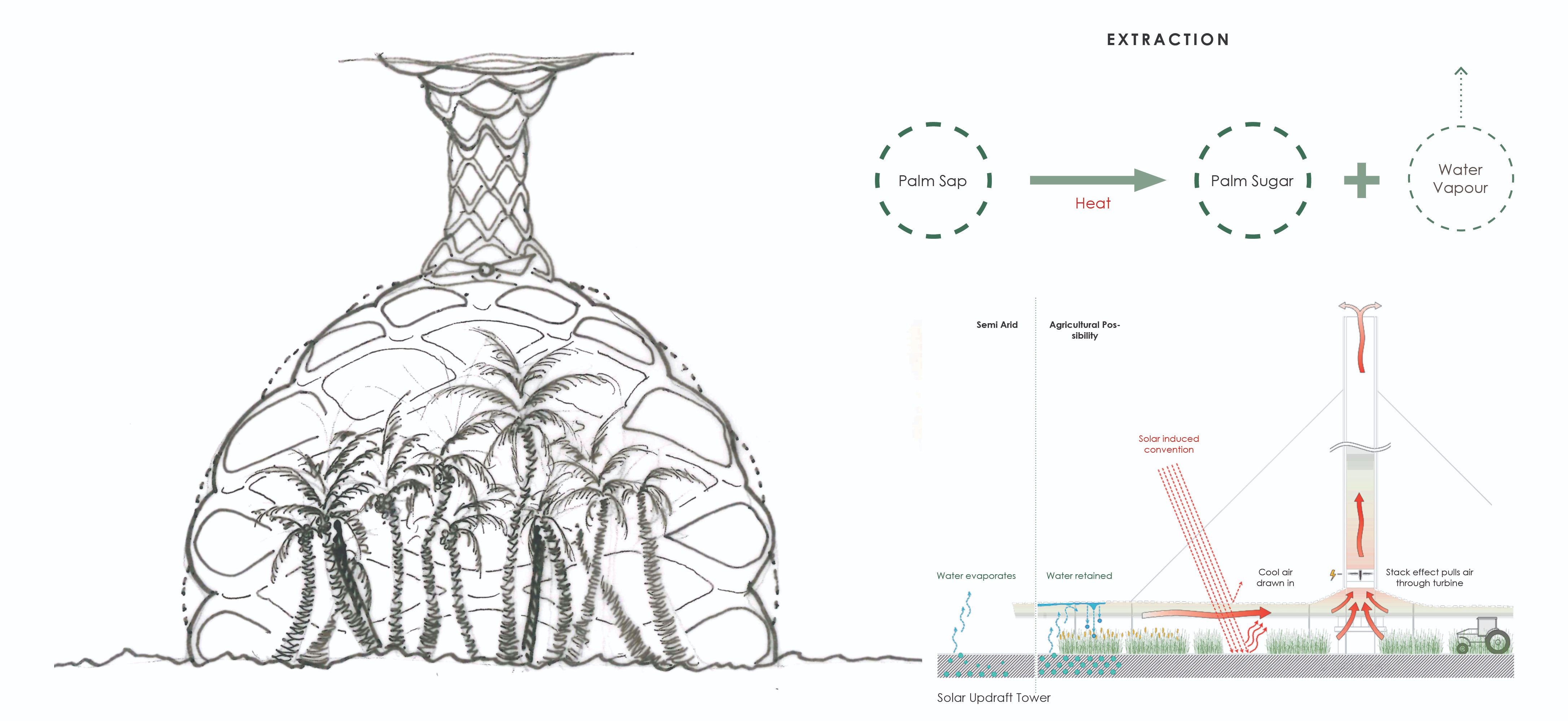
The fermentation process can be controlled within an isolated area of the model.

The Distillation process, which requires a store of water for cooling, can also be conducted in an isolated area of the model, with apparatus incorporated into the structure.

The final proposal will be a combination of all three forms

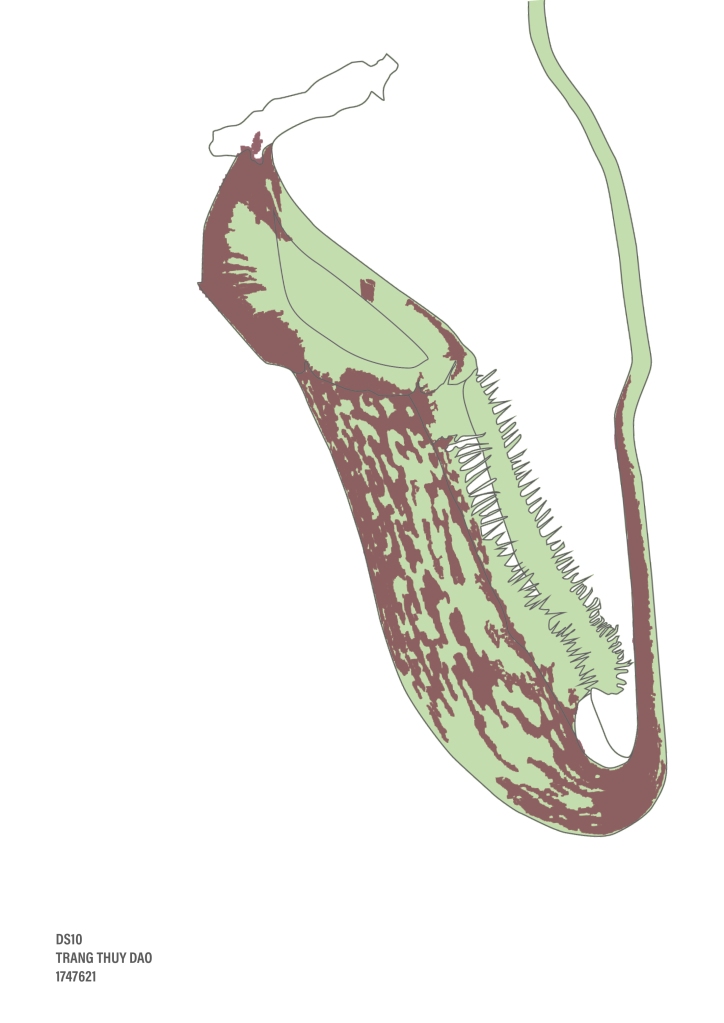



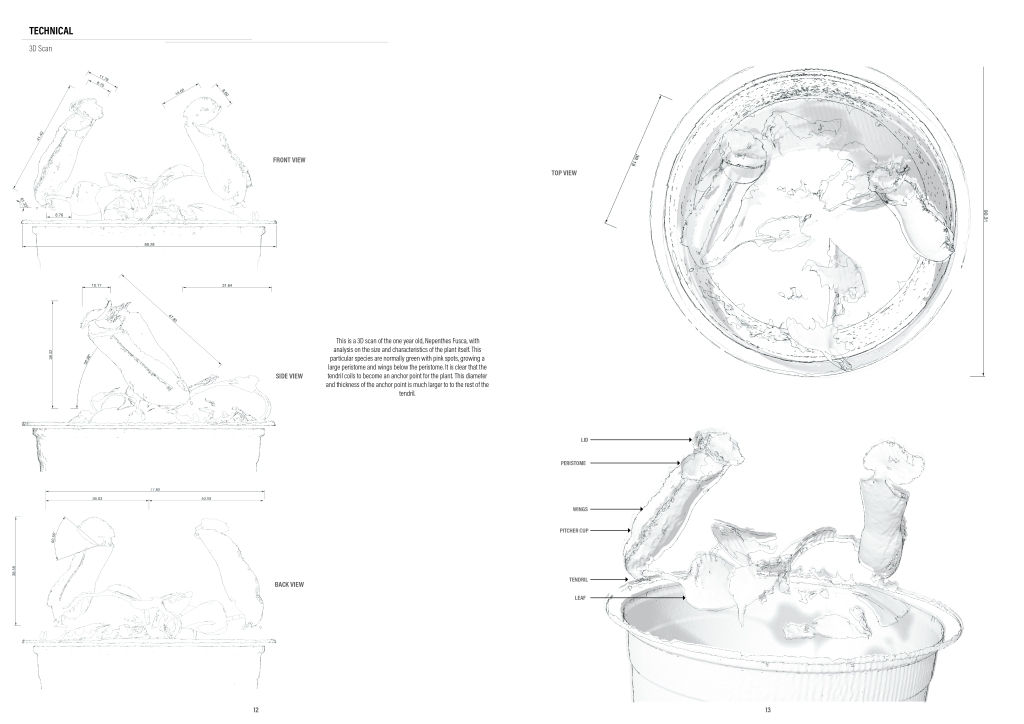

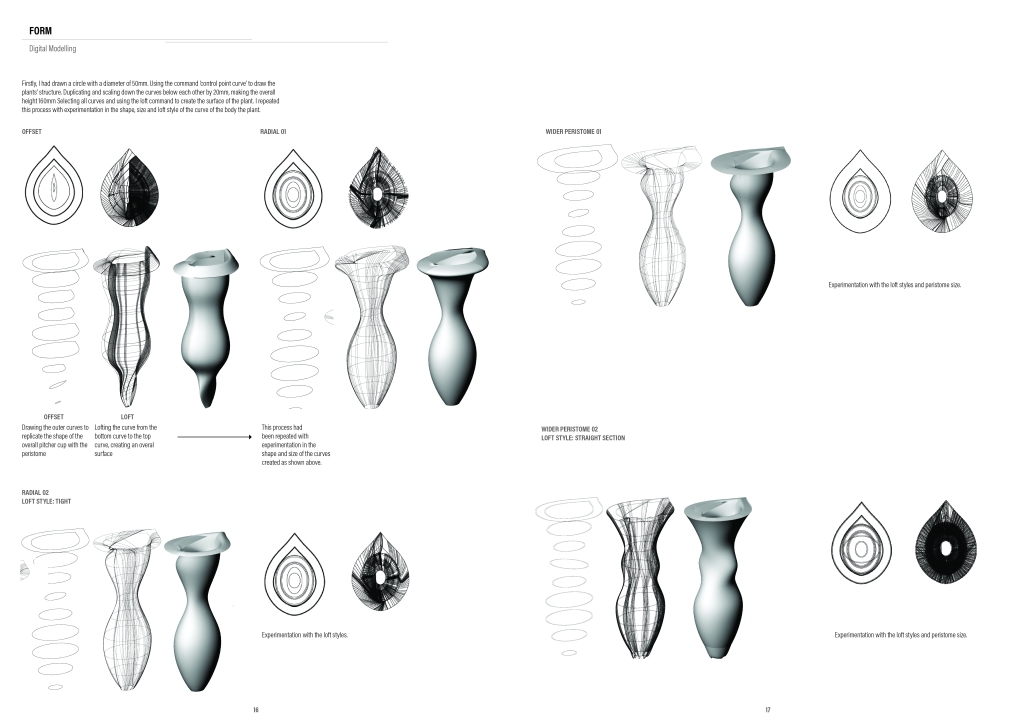

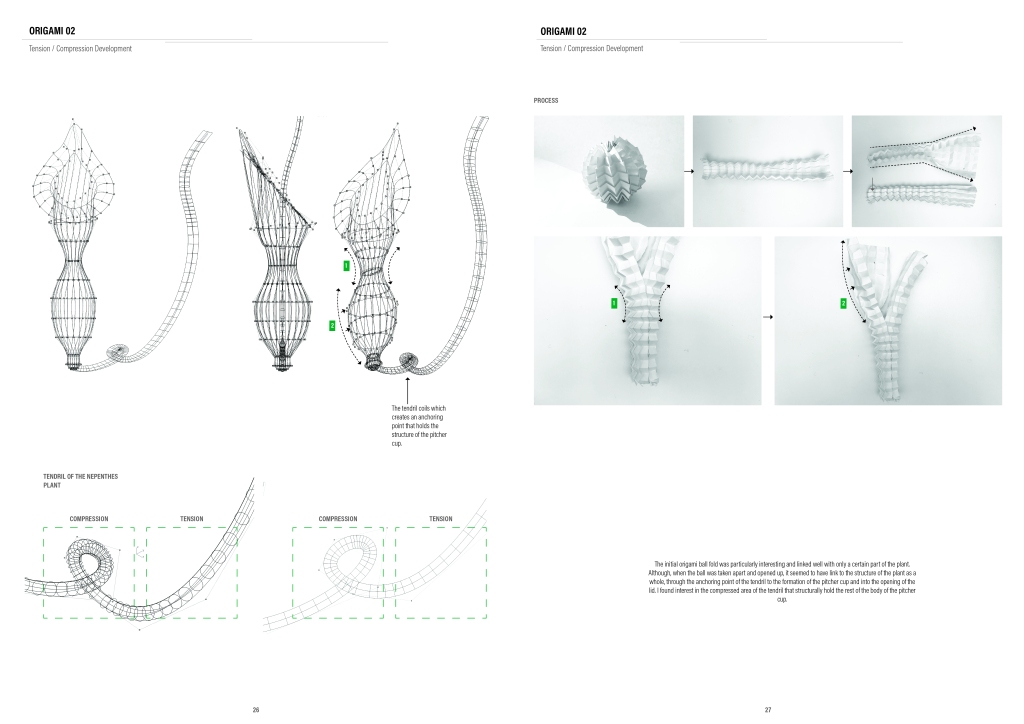





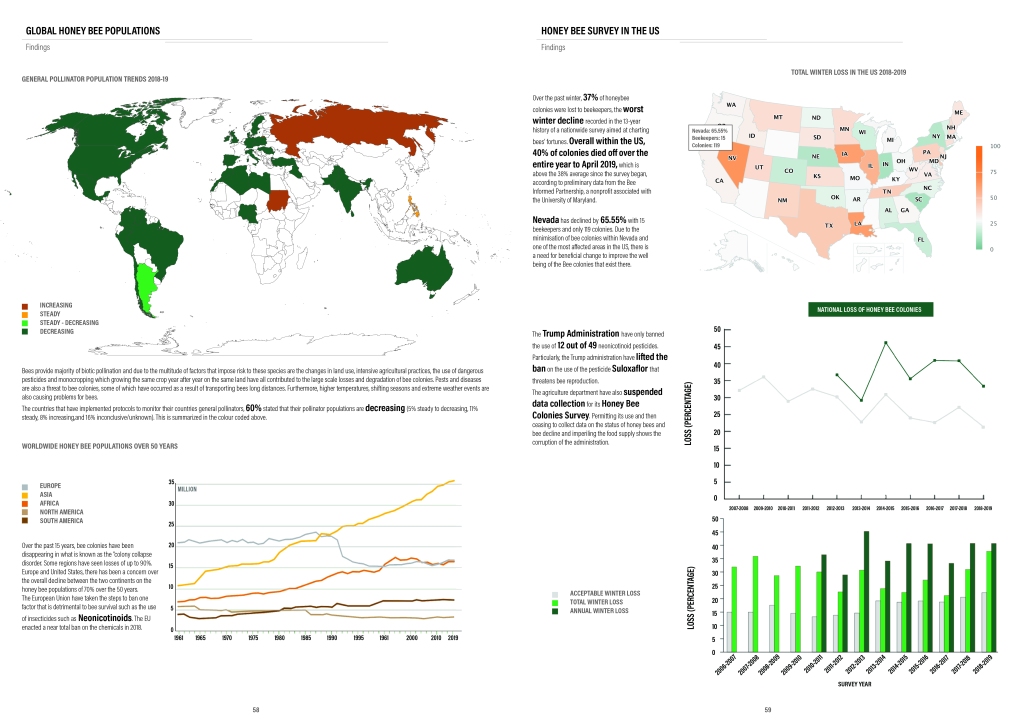

The natural world is brimming with ratios, and spirals, that have been captivating mathematicians for centuries.
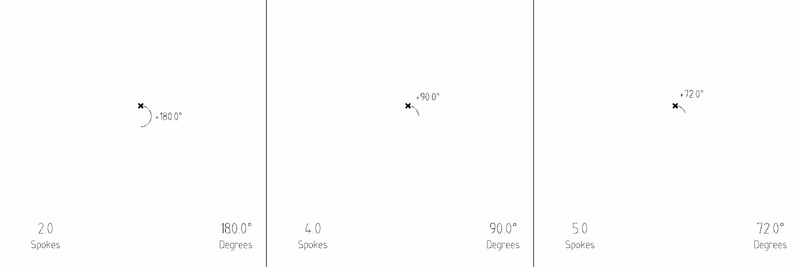
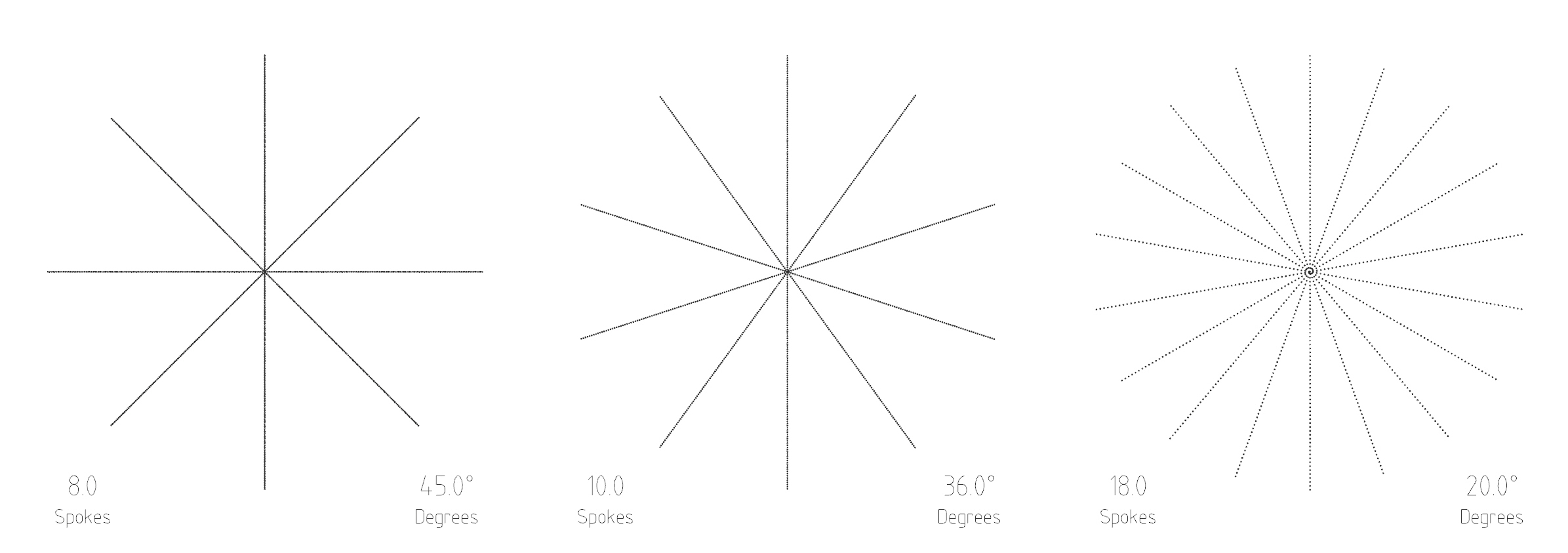
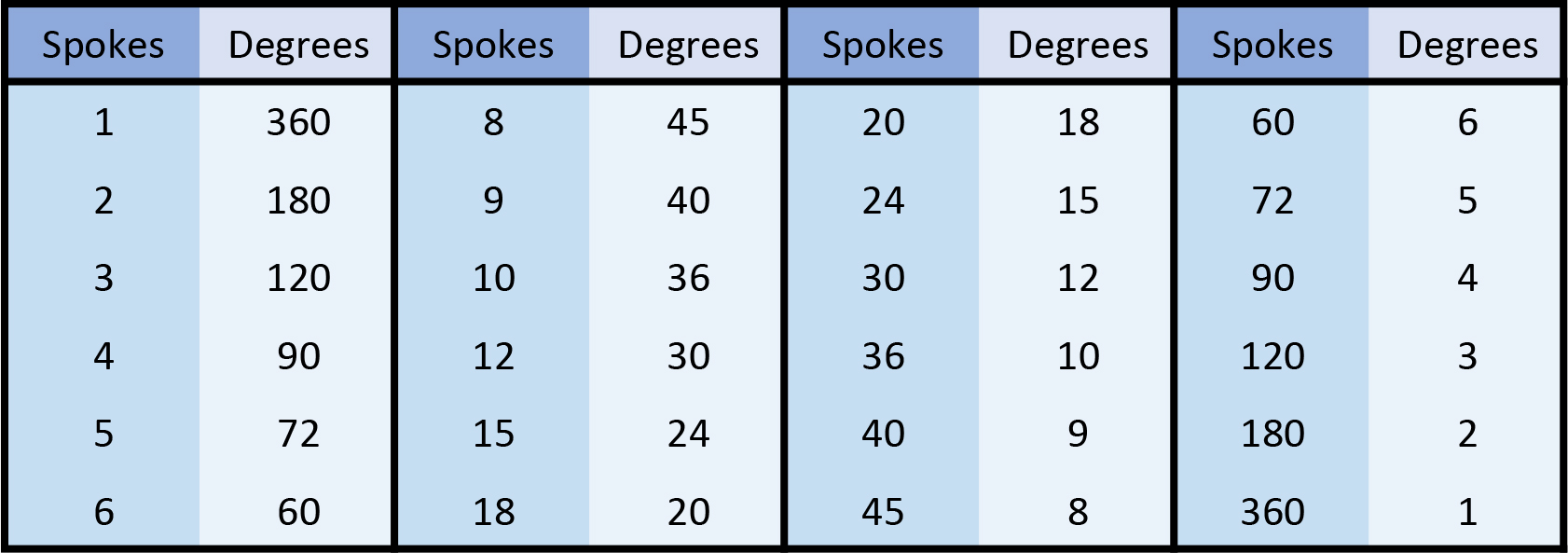
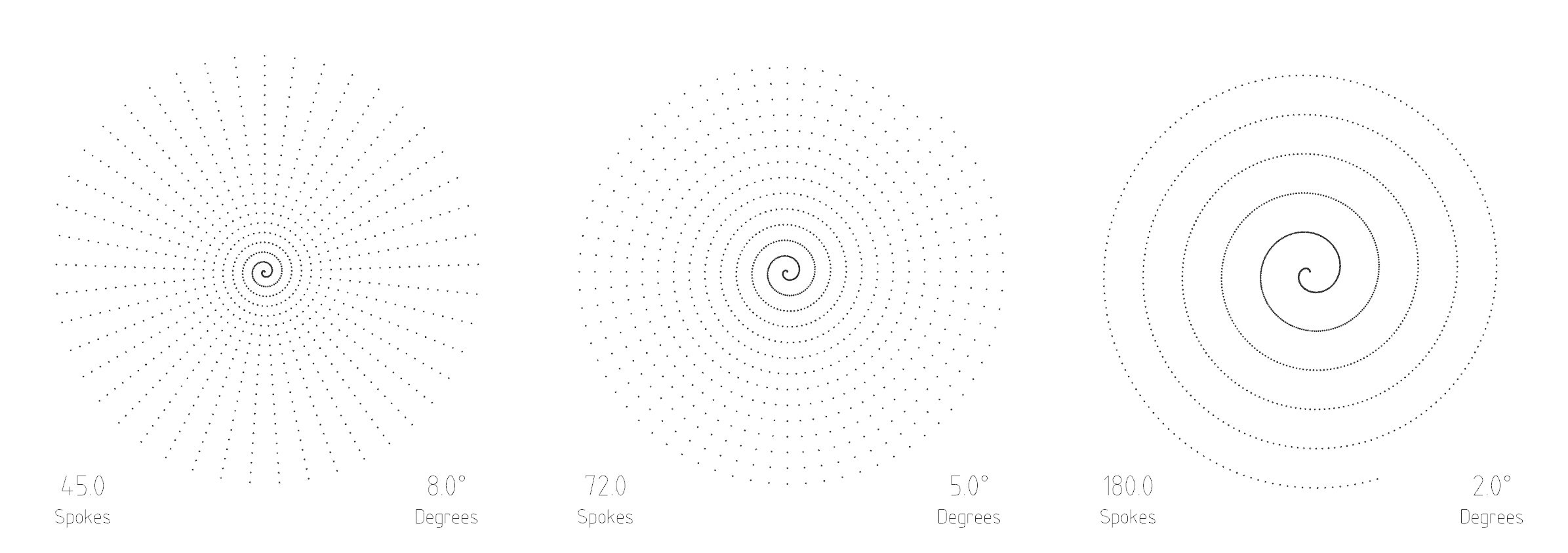
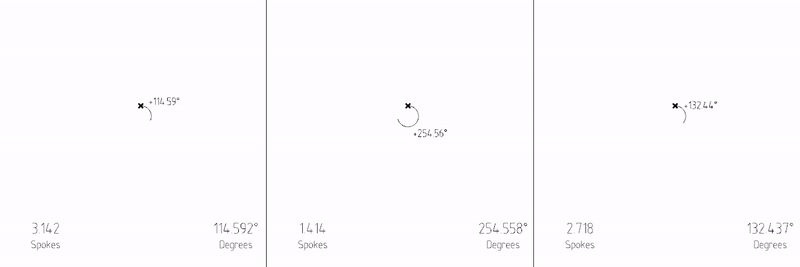
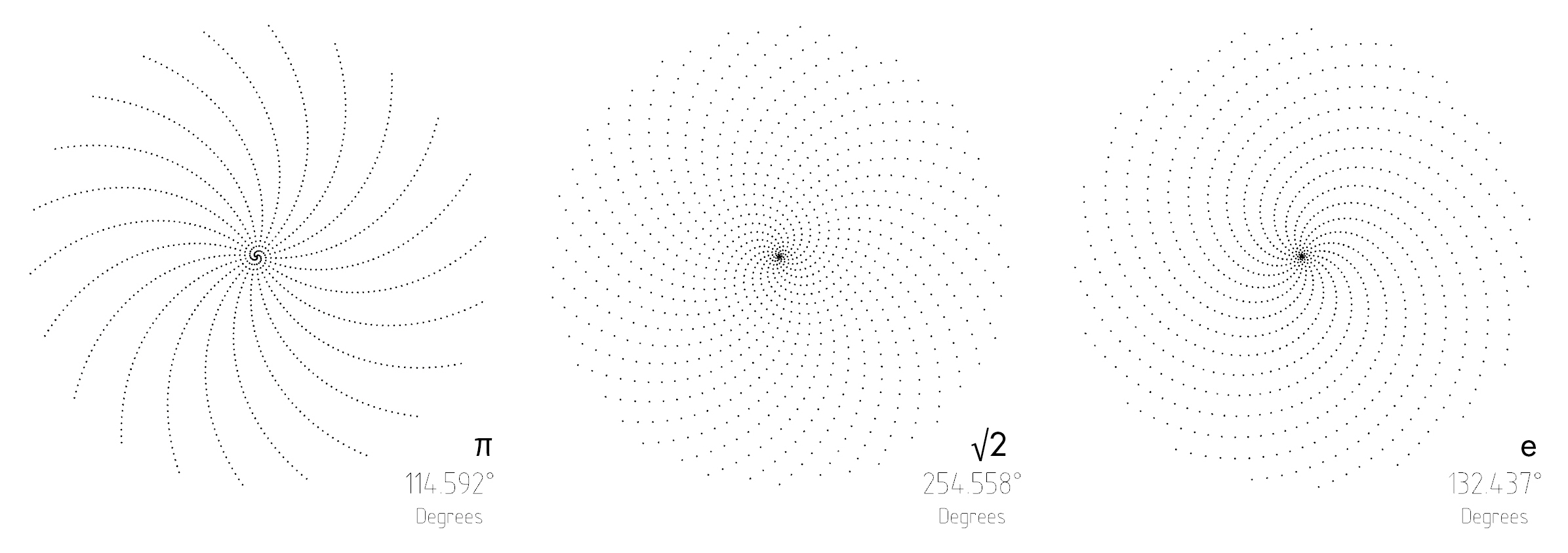
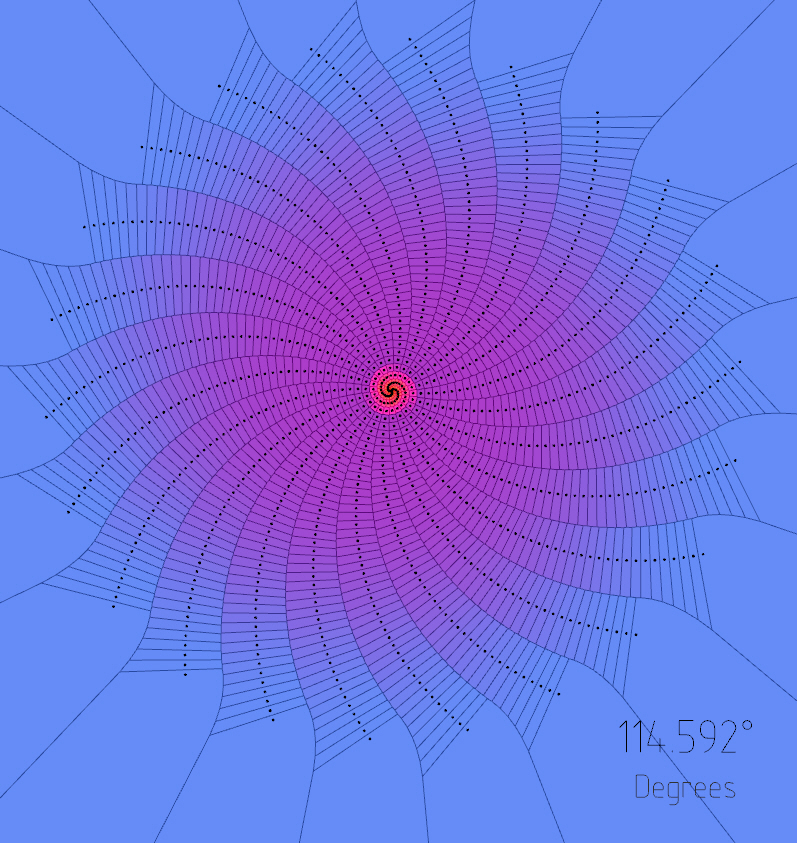

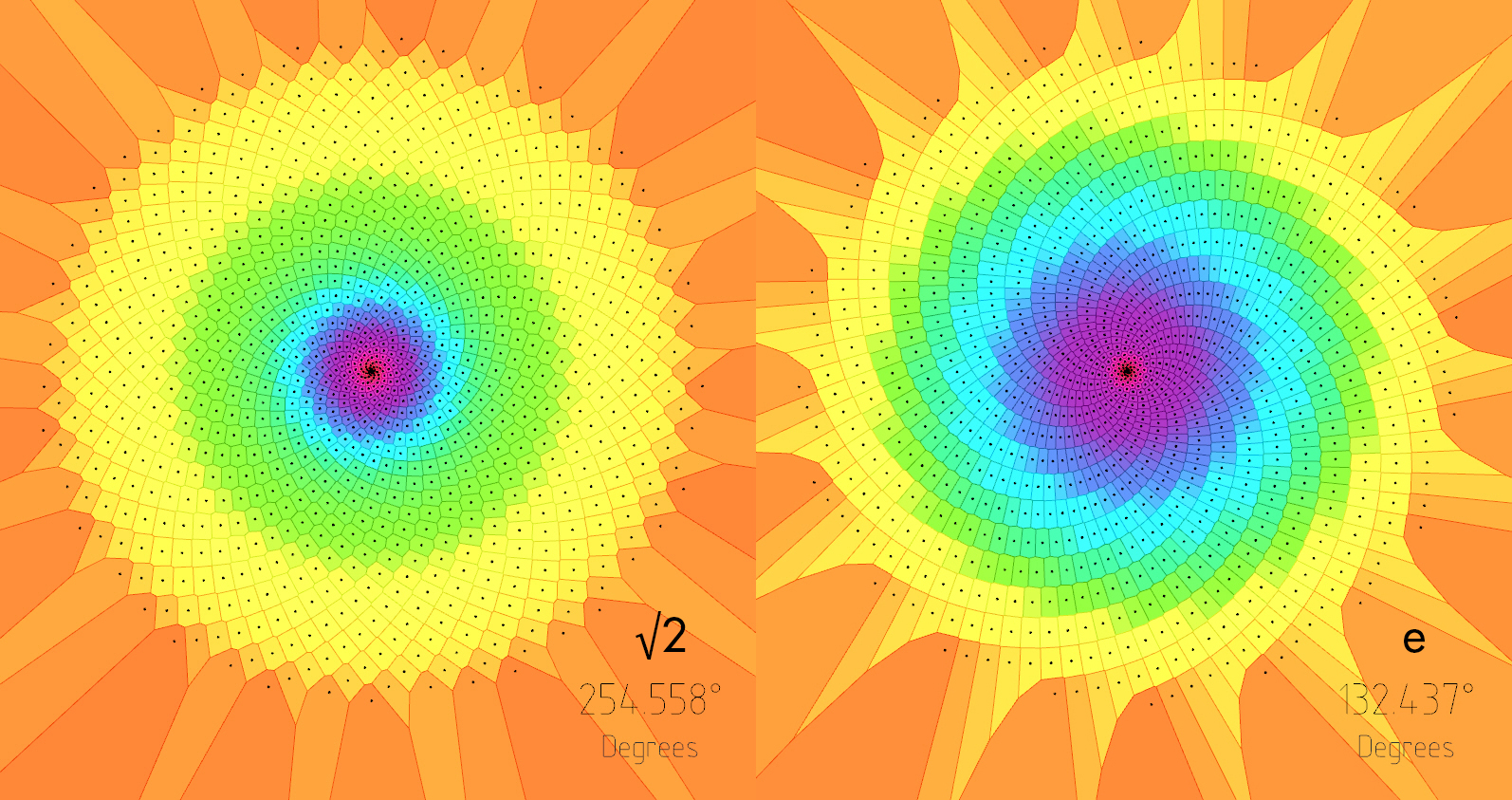
Source:
Infinite fractions and the most irrational number: [Link]
The Golden Ratio (why it is so irrational): [Link]

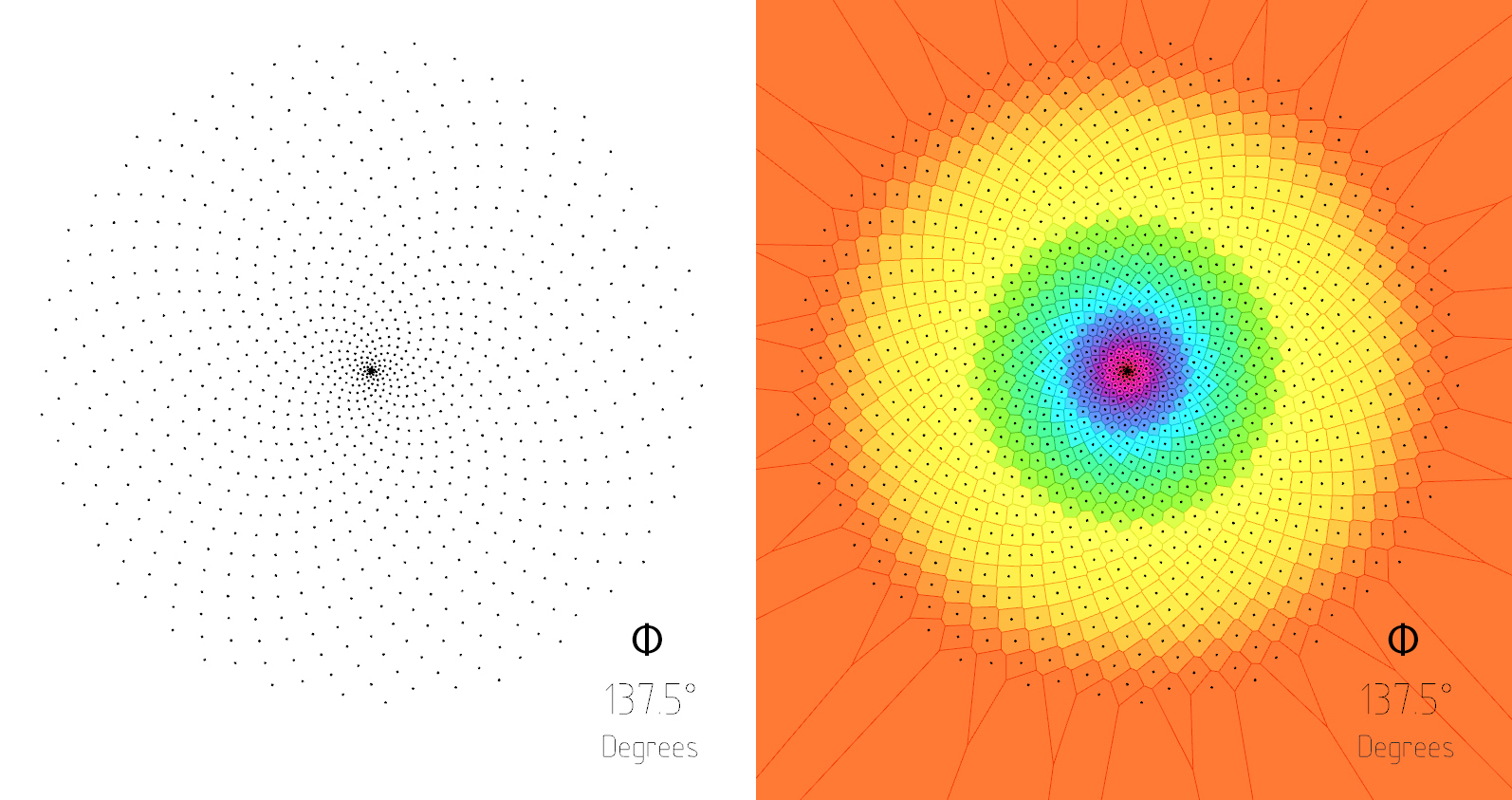
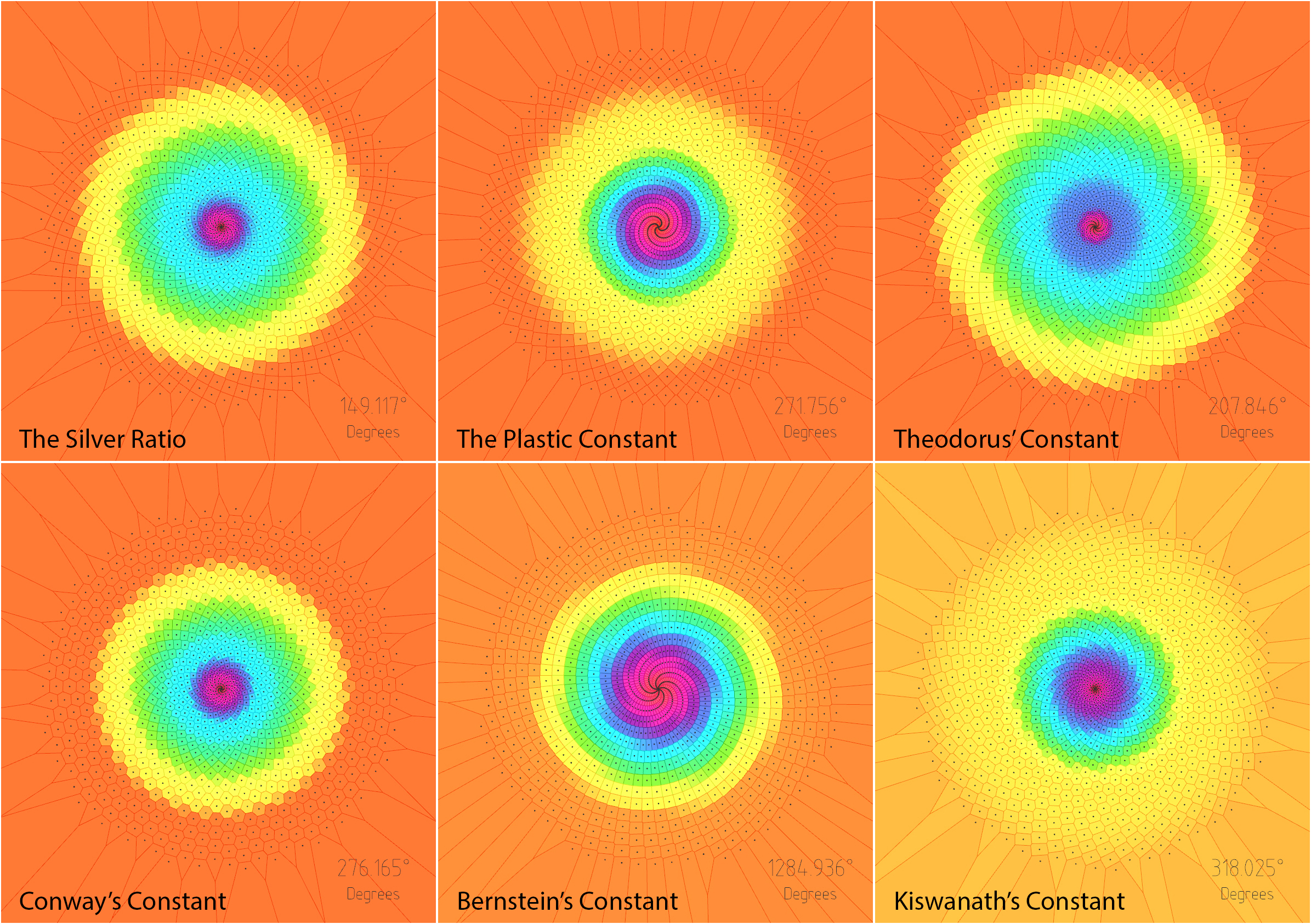
Source:
The Silver Ratio & Metallic Means: [Link]
M.C. Escher said that we adore chaos because we love to produce order. Alain Badiou also said that mathematics is a rigorous aesthetic; it tells us nothing of real being, but forges a fiction of intelligible consistency.
This is the very firs experiment I did in DS10, October 2012. Even if I was unable to find an architectural application, i still find the interference colour patterns to be beautiful images, so I’m posting them here, hoping they will inspire someone else.
Thin-film interference occurs when incident light waves reflected by the upper and lower boundaries of a thin film interfere with one another to form a new wave. Check out the wikepedia article: http://en.wikipedia.org/wiki/Thin-film_interference


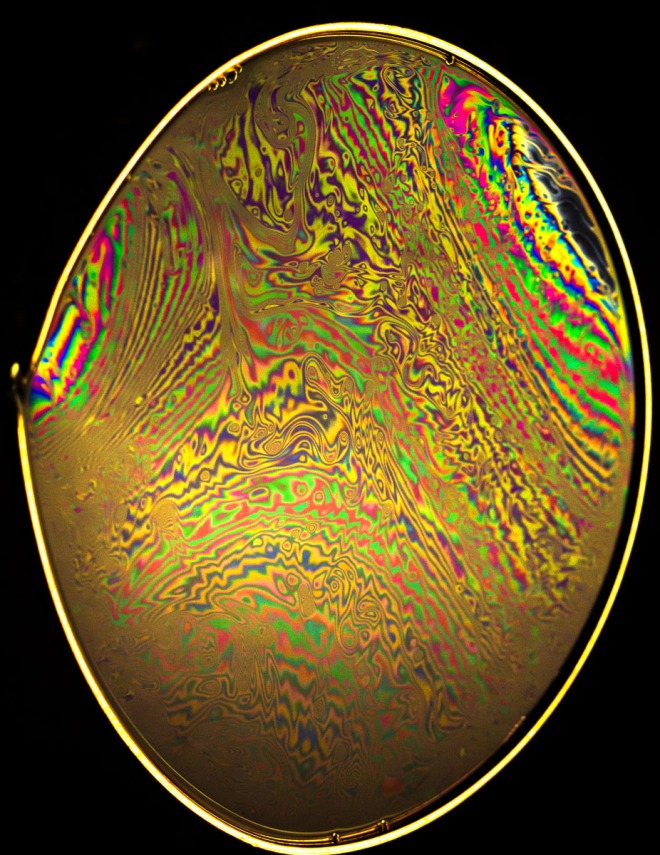
Three great BBC documentary films by Adam Curtis which help to understand our unit’s agenda: From Ayn Rand and Buckminster Fuller and the birth of the Californian Ideology, Ecology, Eco-Systems, Systems Theory and Cybernetics to George Price, Richard Dawkins and the Selfish Gene, see how the concept of “network” and “nature” has evolved as an ideology through modern times.

All Watched Over by Machines of Loving Grace is a series of film about how humans have been colonized by the machines they have built. Although we don’t realize it, the way we see everything in the world today is through the eyes of the computers. It claims that computers have failed to liberate us and instead havedistorted and simplified our view of the world around us.
1. Love and Power. This is the story of the dream that rose up in the 1990s that computers could create a new kind of stable world. They would bring about a new kind global capitalism free of all risk and without the boom and bust of the past. They would also abolish political power and create a new kind of democracy through the Internet where millions of individuals would be connected as nodes in cybernetic systems – without hierarchy.
2. The Use and Abuse of Vegetational Concepts. This is the story of how our modern scientific idea of nature, the self-regulating ecosystem, is actually a machine fantasy. It has little to do with the real complexity of nature. It is based on cybernetic ideas that were projected on to nature in the 1950s by ambitious scientists. A static machine theory of order that sees humans, and everything else on the planet, as components – cogs – in a system.
3. The Monkey in the Machine and the Machine in the Monkey. This episode looks at why we humans find this machine vision so beguiling. The film argues it is because all political dreams of changing the world for the better seem to have failed – so we have retreated into machine-fantasies that say we have no control over our actions because they excuse our failure.
Adam Curtis is a documentary film maker, whose work includes The Power of Nightmares,The Century of the Self, The Mayfair Set, Pandora’s Box, The Trap and The Living Dead.
After posting about the book explaining basic concepts of computational design, The Nature of Code by Daniel Shiffman, I thought it would be helpful to convert all the example into Grasshopper files. Well here you go: Jake Hebbert has done it on youtube, exciting tutorials using python for Grasshopper. Here are couple example of tutorials extracted from Jake’s youtube channel:
Walker:
Walker02:
Bouncing Balls:
Gravity between movers:
Here is the book that I kept mentionning in the tutorial: The Nature of Code by Daniel Schiffman
 The book explains many algorithm that attempt to reproduce natural systems (including swarms and fractals) using Processing, the java-based scripting interface.
The book explains many algorithm that attempt to reproduce natural systems (including swarms and fractals) using Processing, the java-based scripting interface.
You can download the book and make a donation or buy the hard copy. Try some examples, register to the Processing forum and to StackOverflow.com. Ask for help on the Processing IRC Channel.
For some example, you will need to need to download the Toxiclibs library and you might want to use the Eclipse IDE to speed up your workflow. You can also follow the great Plethora-Project.com tutorials by Jose Sanchez.